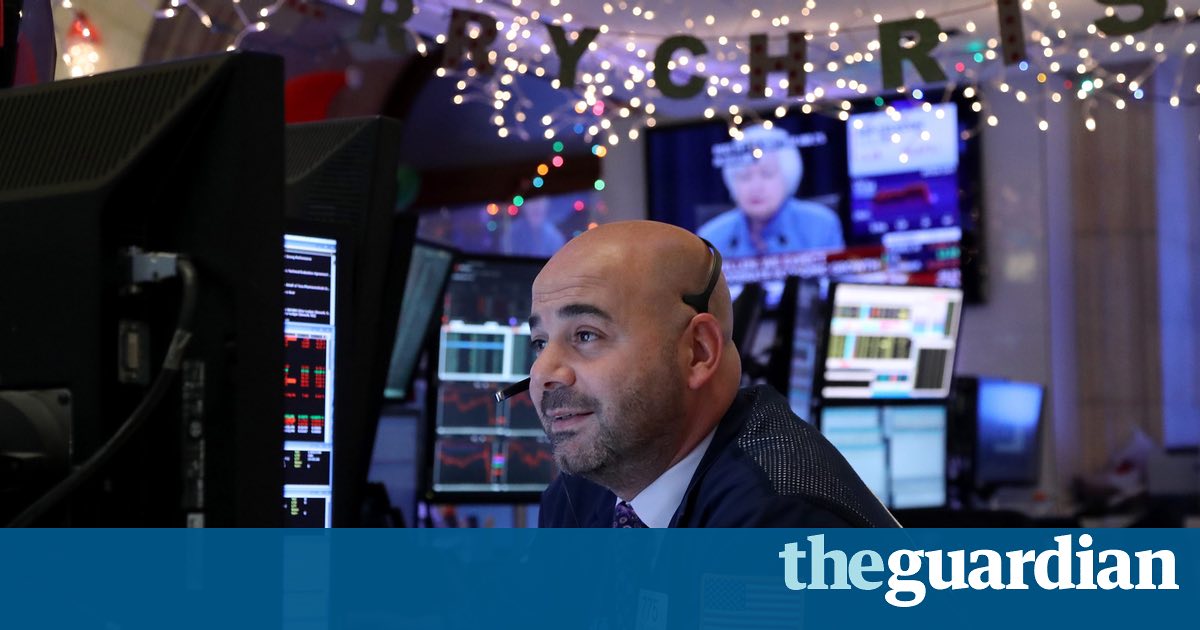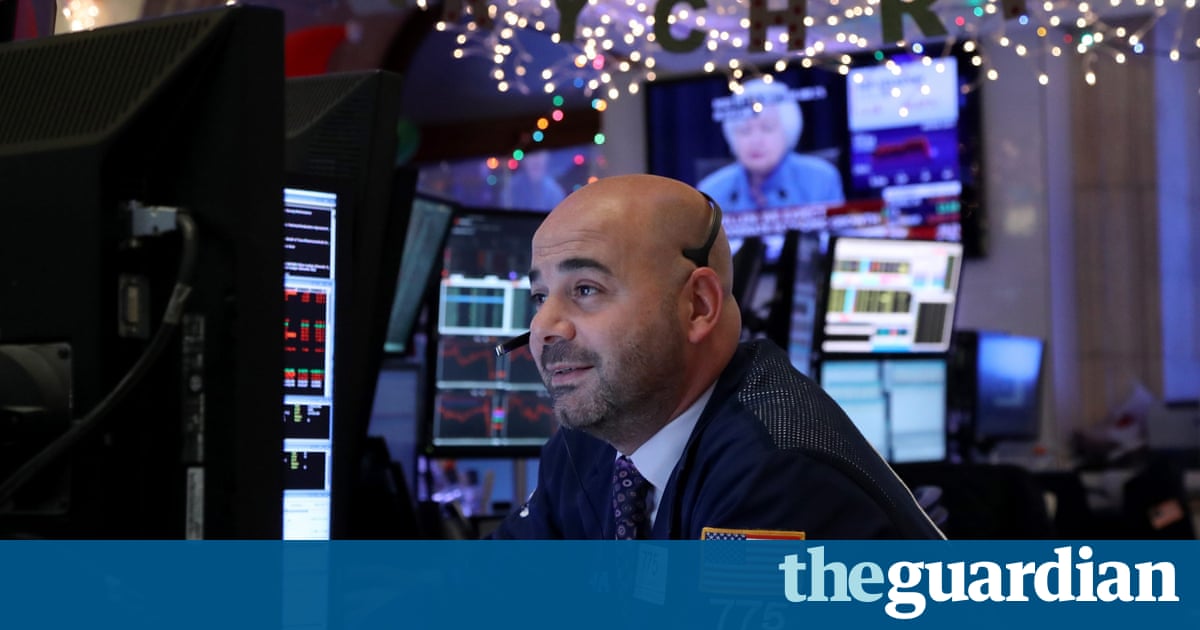US Federal Reserve raises interest rates for second time since 2008 crisis

Fed chairwoman Janet Yellen announced a 0.25% increase in the benchmark rate to 0.50-0.75%, and predicted three further rates increase in 2017.

The US Federal Reserve on Wednesday raised interest rates for the first time in a year, and only the second time since the 2008 financial crisis. The US central bank also predicted three further rates increase in 2017, up from previous expectations of two rate hikes.
Janet Yellen, the Fed chairwoman, said growth is a touch stronger, unemployment is a shade lower as she announced a 0.25% increase in the benchmark rate to 0.50-0.75%.
It is the first time rates have been raised since December 2015 when the benchmark rate was lifted from near-zero for seven years since the crisis.
“My colleagues and I are recognizing the considerable progress the economy has made towards our dual objectives of maximum employment and price stability,” Yellen said. “We expect that the economy will continue to perform well, with the job market strengthening further, and inflation rising to 2% over the next couple of years.”
Yellen also set out a path of faster pace of rate increases next year than previously expected. The rate setting Federal Open Market Committee (FOMC) said it expected to raise short-term rates by another 0.75% percentage points next year probably in three separate quarter-point moves up from a previously predicted 2017 increase of 0.5%.
“The stance of monetary policy remains accommodative, thereby supporting some further strengthening in labor market conditions and a return to 2% inflation,” the FOMC said in a statement.
The unanimous decision to raise rates, the first time in months that the 10 members of FOMC had all agreed on policy, came at the end of the committees first rate-setting meeting since the election of Donald Trump as America’s next president. The statement made no mention of the effect of Trump’s policies on the countrys economic prospects. But experts have said Trump’s plans for massive tax cuts and huge infrastructure investment could spur the economic recovery.
US stock markets, which soared to record highs following Trump’s victory, fell slightly following the decision, which had been widely expected by traders and economists. The Dow Jones Industrial Average was hovering at 19,954 points a more than 9% increase since the 8 November election.
Trump has repeatedly criticised Yellen for not raising interest rates fast enough, which he said had created a false economy and delayed the recovery, and called for her to be replaced. In September, he said Yellen should be ashamed of herself. “I used to hope that the Fed was independent,” he said. “And the Fed is obviously not independent. It’s obviously not even close to being independent.”
Trump had said he is unlikely to nominate Yellen to continue as Fed chief when her term expires in early 2018. Yellen has refused to leave before the end of her term.
Rob Carnell, chief international economist at ING, said: “The big takeaway from this meeting was the increase in the pace of tightening signaled for 2017. Where two rate hikes of 25bp were signaled in the previous guidance, there are now three hikes signaled.”
Despite this, the other forecast variables are little changed. Probably most noteworthy is the small 0.1 percentage point increase in 2017 GDP growth, now expected to be 2.1%, but no further increase is expected in 2018, which is unchanged at 2.0%. The 2019 GDP forecast is also only slightly higher at 1.9% (1.8% previously). There is not much concession in these growth forecasts to expectations of big fiscal stimulus from a Trump administration and our own forecasts are considerably higher closer to 3% in both years.
Jeremy Cook, chief economist at international payments company World First, said: “The Federal Reserve found enough strength in the US economy to hike 25 basis points for the first time this year. This means basically nothing.
“What matters is that the expectations shown in the dot plot charts show a Federal Reserve that is supremely uncertain as to the path of US economy moves into 2017. They’ve noted the strength in inflation and the jobs market but this is a central bank eager to know what kind of administration they will have to work with. Until then there was little chance of them basing policy on the pronouncements of someone who has a casual relationship with consistency.”
Our eyes now move back to the politics in the United States and the rebuttal of the Feds decision from the president-elect via his Twitter account.
Rates had been expected to be raised earlier this year, but the decision was delayed by concerns about a slowdown in the Chinese economy, Brexit and the unpredictable US presidential election.
The Fed predicted economic growth reaching 1.9% this year, slightly above its forecast in September. However, it kept its long-term estimate for economic growth at 1.8%, far below the 4% pace that Trump promises to deliver via a program of deregulation, tax cuts and infrastructure spending.
The committee expects little improvement in the unemployment rate from the current rate of 4.6%.
The rate hike was widely expected with all 120 economists polled by Reuters expecting an interest rates increase.